Stuffed Portobello Mushrooms: The Ultimate Guide to Creating Delicious and Nutritious Meals
Stuffed portobello mushrooms have become one of the most versatile and beloved dishes in modern cuisine, offering a perfect combination of rich, earthy flavors and endless customization possibilities. These large, meaty mushrooms serve as an excellent canvas for creative cooking, whether you're seeking a healthy vegetarian option, a low-carb alternative to traditional meals, or simply want to explore new culinary horizons.
The popularity of portobello mushrooms as a stuffing vessel has grown tremendously over the past decade, and for good reason. Their substantial size, robust texture, and ability to absorb flavors make them ideal for creating satisfying meals that please both vegetarians and meat-eaters alike. From simple cheese and herb combinations to elaborate gourmet creations, stuffed portobellos offer something for every palate and dietary preference.
What Makes Portobello Mushrooms Perfect for Stuffing
Natural Bowl Shape and Size
Portobello mushrooms are essentially mature cremini mushrooms that have been allowed to grow to full size. This maturation process creates several characteristics that make them ideal for stuffing:
- Large cap diameter typically ranging from 4 to 6 inches
- Natural concave shape that forms a perfect bowl when the stem is removed
- Thick, sturdy walls that maintain structural integrity during cooking
- Removable gills that create additional space for stuffing ingredients
Exceptional Flavor Profile
The mature portobello mushroom develops a rich, complex flavor that complements virtually any stuffing combination:
- Deep, earthy taste that enhances both simple and complex flavor profiles
- Umami-rich characteristics that add depth to vegetarian dishes
- Mild enough base that doesn't overpower delicate ingredients
- Robust enough to stand up to bold, spicy, or heavily seasoned fillings
Nutritional Benefits
Beyond their culinary versatility, portobello mushrooms offer impressive nutritional value:
- Low in calories with only 18 calories per 100 grams
- High in potassium supporting heart health and blood pressure regulation
- Rich in selenium providing antioxidant benefits
- Good source of B vitamins including riboflavin and niacin
- Contains protein making them more substantial than many vegetables
Essential Preparation Techniques for Perfect Results
Selecting Quality Portobello Mushrooms
Choosing the right mushrooms is crucial for successful stuffed portobello dishes:
- Look for firm, dry caps without dark spots or slimy areas
- Choose mushrooms with closed gills for fresher flavor and longer storage
- Select uniform sizes for even cooking when preparing multiple servings
- Avoid mushrooms with wrinkled or shriveled caps which indicate age
- Check for intact stems that can be easily removed without damaging the cap
Proper Cleaning and Preparation Methods
Correct preparation ensures optimal flavor and texture:
Step-by-Step Cleaning Process:
- Gently wipe caps with a damp paper towel to remove dirt
- Remove stems carefully by twisting and pulling to avoid breaking the cap
- Scrape out gills using a spoon if desired (optional but creates more stuffing space)
- Pat completely dry with paper towels to prevent excess moisture during cooking
Pre-Cooking Preparation:
- Brush lightly with olive oil to prevent drying during cooking
- Season the interior with salt and pepper before adding stuffing
- Pre-bake briefly (5-7 minutes) if using very wet stuffing ingredients
- Score the cap lightly for better stuffing adhesion if needed

Classic Stuffing Combinations That Never Fail
Traditional Cheese and Herb Stuffings
These timeless combinations provide reliable, crowd-pleasing results:
Italian-Inspired Combinations:
- Ricotta, mozzarella, and fresh basil with garlic and pine nuts
- Parmesan, sun-dried tomatoes, and oregano with breadcrumb topping
- Goat cheese, prosciutto, and fresh thyme with balsamic drizzle
- Gorgonzola, walnuts, and sage with honey accent
Mediterranean-Style Options:
- Feta cheese, olives, and fresh herbs with lemon zest
- Halloumi, roasted peppers, and za'atar with olive oil
- Cream cheese, capers, and dill with smoked salmon
- Ricotta, spinach, and lemon with toasted breadcrumbs
Protein-Rich Stuffing Variations
For those seeking more substantial, protein-packed options:
Meat-Based Stuffings:
- Ground turkey, cranberries, and sage with breadcrumb binding
- Italian sausage, peppers, and onions with mozzarella topping
- Bacon, Brussels sprouts, and gruyere with mustard accent
- Chorizo, corn, and pepper jack cheese with cilantro garnish
Vegetarian Protein Options:
- Quinoa, black beans, and corn with Mexican spices
- Lentils, carrots, and celery with fresh herbs
- Chickpeas, curry spices, and coconut with yogurt sauce
- Tofu, vegetables, and Asian seasonings with sesame oil
Cooking Methods for Optimal Results
Oven-Baked Techniques
Baking remains the most popular and reliable cooking method for stuffed portobellos:
Basic Baking Guidelines:
- Preheat oven to 375°F (190°C) for standard cooking
- Use rimmed baking sheet to catch any released moisture
- Cook for 15-20 minutes depending on stuffing density
- Check doneness by testing mushroom tenderness with a fork
Advanced Baking Techniques:
- Two-stage cooking: Pre-bake caps 5 minutes, add stuffing, continue cooking
- Tent with foil for delicate stuffings that might burn
- Broil briefly at the end for golden, crispy tops
- Use convection setting for more even heat distribution
Grilling Methods for Enhanced Flavor
Grilling adds smoky complexity to stuffed portobello mushrooms:
Direct Grilling Approach:
- Preheat grill to medium heat (around 350°F/175°C)
- Oil grill grates to prevent sticking
- Cook cap-side down first for 5-6 minutes
- Flip and add stuffing for remaining cooking time
Indirect Grilling Technique:
- Create two-zone fire for better heat control
- Start over direct heat for initial searing
- Move to indirect zone with stuffing added
- Cover with grill lid to create oven-like environment
Stovetop and Alternative Cooking Methods
For those without oven access or seeking variety:
Covered Skillet Method:
- Use large, oven-safe skillet with tight-fitting lid
- Start cap-side down over medium heat
- Flip and add stuffing after initial cooking
- Cover and reduce heat to finish cooking through
Air Fryer Adaptation:
- Preheat air fryer to 360°F (182°C)
- Cook in single layer without overcrowding
- Reduce cooking time by approximately 25%
- Check frequently to prevent overcooking
Creative Stuffing Ideas for Every Occasion
International Flavor Profiles
Explore global cuisines through creative stuffing combinations:
Asian-Inspired Stuffings:
- Teriyaki chicken, pineapple, and snow peas with sesame seeds
- Thai curry vegetables with coconut rice and fresh herbs
- Korean bulgogi beef with kimchi and scallions
- Japanese miso-glazed eggplant with edamame and nori
Latin American Variations:
- Mexican-style black beans, corn, and pepper jack with avocado
- Cuban mojo pork with plantains and black beans
- Peruvian quinoa with aji amarillo and fresh cilantro
- Brazilian hearts of palm with lime and coconut
European-Influenced Options:
- French ratatouille with herbes de Provence and goat cheese
- German sauerkraut with bratwurst and caraway seeds
- Spanish manchego with marcona almonds and sherry vinegar
- Greek spanakopita filling with phyllo crust topping
Seasonal and Holiday Adaptations
Tailor your stuffed portobellos to seasonal ingredients and celebrations:
Spring and Summer Combinations:
- Fresh asparagus, lemon, and mint with ricotta cheese
- Heirloom tomatoes, basil, and mozzarella with balsamic reduction
- Zucchini, corn, and fresh herbs with parmesan cheese
- Peach, prosciutto, and arugula with balsamic glaze
Fall and Winter Comfort Foods:
- Butternut squash, sage, and brown butter with toasted hazelnuts
- Apple, sausage, and cranberry with sage stuffing
- Sweet potato, pecans, and maple syrup with cinnamon
- Chestnut, Brussels sprouts, and bacon with cream sauce
Tips for Perfect Texture and Flavor Balance
Moisture Management Strategies
Controlling moisture is crucial for successful stuffed portobello mushrooms:
Preventing Soggy Results:
- Salt mushroom caps 15 minutes before cooking to draw out excess moisture
- Pre-cook watery vegetables like zucchini or tomatoes
- Use breadcrumbs or grains to absorb excess liquid
- Drain thoroughly after initial cooking if needed
Maintaining Proper Hydration:
- Add liquid gradually during stuffing preparation
- Use stock instead of water for enhanced flavor
- Include moist ingredients like cheese or sauces sparingly
- Monitor during cooking and tent with foil if drying out
Seasoning and Flavor Enhancement
Proper seasoning elevates stuffed portobellos from good to exceptional:
Layered Seasoning Approach:
- Season mushroom caps separately before adding stuffing
- Taste stuffing mixture before cooking and adjust seasoning
- Add finishing touches like fresh herbs or citrus zest after cooking
- Balance flavors by including salty, sweet, acidic, and umami elements
Flavor Boosting Techniques:
- Toast spices and nuts before incorporating into stuffings
- Use compound butters for rich, complex flavors
- Add acid through citrus juice, vinegar, or wine
- Include umami elements like mushroom powder, soy sauce, or aged cheeses
Storage, Meal Prep, and Make-Ahead Strategies
Proper Storage Methods
Maximize freshness and safety with correct storage techniques:
Fresh Mushroom Storage:
- Store in paper bags rather than plastic to prevent moisture buildup
- Keep refrigerated at 35-40°F (2-4°C)
- Use within 5-7 days of purchase for best quality
- Check regularly and remove any spoiled mushrooms immediately
Prepared Dish Storage:
- Cool completely before refrigerating cooked stuffed mushrooms
- Store covered for up to 3 days in refrigerator
- Freeze portions for up to 2 months if properly wrapped
- Reheat gently to prevent overcooking
Make-Ahead Preparation Tips
Streamline cooking with smart preparation strategies:
Advance Preparation Steps:
- Clean and prep mushrooms up to 2 days ahead
- Prepare stuffing mixtures 1 day in advance
- Assemble completely and refrigerate until cooking time
- Double recipes and freeze half for future meals
Batch Cooking Strategies:
- Cook large batches when entertaining or meal prepping
- Vary stuffing flavors to prevent monotony
- Portion appropriately for different household sizes
- Label clearly with contents and date when freezing
Nutritional Optimization and Dietary Adaptations
Health-Conscious Modifications
Adapt recipes to meet various dietary needs and health goals:
Low-Carb and Keto-Friendly Options:
- Focus on cheese and protein stuffings
- Avoid breadcrumb toppings or use almond flour alternatives
- Include healthy fats like avocado, nuts, and olive oil
- Add low-carb vegetables such as spinach, bell peppers, and cauliflower
Plant-Based and Vegan Variations:
- Use cashew cream instead of dairy cheese
- Incorporate nutritional yeast for cheesy flavor
- Add protein through legumes, quinoa, or plant-based meat alternatives
- Include umami-rich ingredients like mushroom powder or miso paste
Gluten-Free Adaptations:
- Replace breadcrumbs with crushed nuts, seeds, or gluten-free alternatives
- Check all seasonings and sauces for hidden gluten
- Use tamari instead of soy sauce when needed
- Verify cheese products are gluten-free
Maximizing Nutritional Value
Enhance health benefits through strategic ingredient choices:
Nutrient-Dense Additions:
- Include colorful vegetables for varied vitamins and minerals
- Add leafy greens like spinach or kale for iron and folate
- Incorporate seeds and nuts for healthy fats and protein
- Use herbs and spices for antioxidants and anti-inflammatory compounds
Protein Optimization:
- Combine complementary proteins in vegetarian versions
- Include Greek yogurt for probiotics and protein
- Add eggs for complete amino acid profiles
- Use protein-rich grains like quinoa or farro

Troubleshooting Common Challenges
Preventing and Solving Cooking Issues
Address common problems for consistently successful results:
Mushroom Cap Problems:
- Cracking during cooking: Choose fresher mushrooms and avoid overcooking
- Uneven cooking: Select uniform sizes and rotate during cooking
- Excessive shrinkage: Don't over-salt or cook at too high temperature
- Tough texture: Ensure proper cleaning and appropriate cooking time
Stuffing-Related Issues:
- Falling out during cooking: Don't overfill and ensure proper consistency
- Burning on top: Cover with foil or reduce oven temperature
- Undercooked center: Pre-cook raw ingredients or extend cooking time
- Bland flavor: Season in layers and taste before cooking
Recipe Scaling and Serving Suggestions
Adapt recipes for different group sizes and occasions:
Scaling Guidelines:
- Individual serving: 1 large portobello per person as main course
- Appetizer portions: Cut large mushrooms in half or use smaller caps
- Family meals: Plan 1.5 mushrooms per adult, 0.5-1 per child
- Party servings: Cut into wedges for easy finger food
Serving and Presentation Ideas:
- Slice before serving for easier eating and elegant presentation
- Garnish appropriately with fresh herbs, drizzles, or microgreens
- Serve on warmed plates to maintain optimal temperature
- Pair with complementary sides like salads, grains, or roasted vegetables
Conclusion: Mastering the Art of Stuffed Portobello Mushrooms
Stuffed portobello mushrooms represent the perfect intersection of health, flavor, and culinary creativity. Whether you're preparing a quick weeknight dinner, entertaining guests, or exploring new dietary options, these versatile mushrooms provide an excellent foundation for countless delicious combinations.
The key to success lies in understanding the fundamental principles: selecting quality mushrooms, proper preparation techniques, moisture management, and thoughtful flavor balancing. By mastering these basics, you'll be able to create restaurant-quality dishes in your own kitchen while adapting recipes to suit any dietary preference or occasion.
From simple cheese and herb combinations to elaborate international fusion creations, stuffed portobello mushrooms offer endless possibilities for culinary exploration. Their impressive nutritional profile, combined with their ability to satisfy even the heartiest appetites, makes them an invaluable addition to any cook's repertoire.
Remember that cooking is both an art and a science. Don't be afraid to experiment with different stuffing combinations, cooking methods, and flavor profiles. Each attempt provides learning opportunities that will improve your skills and expand your culinary horizons. With practice and creativity, you'll soon be creating signature stuffed portobello mushroom dishes that will impress family and friends while nourishing your body with wholesome, delicious food.


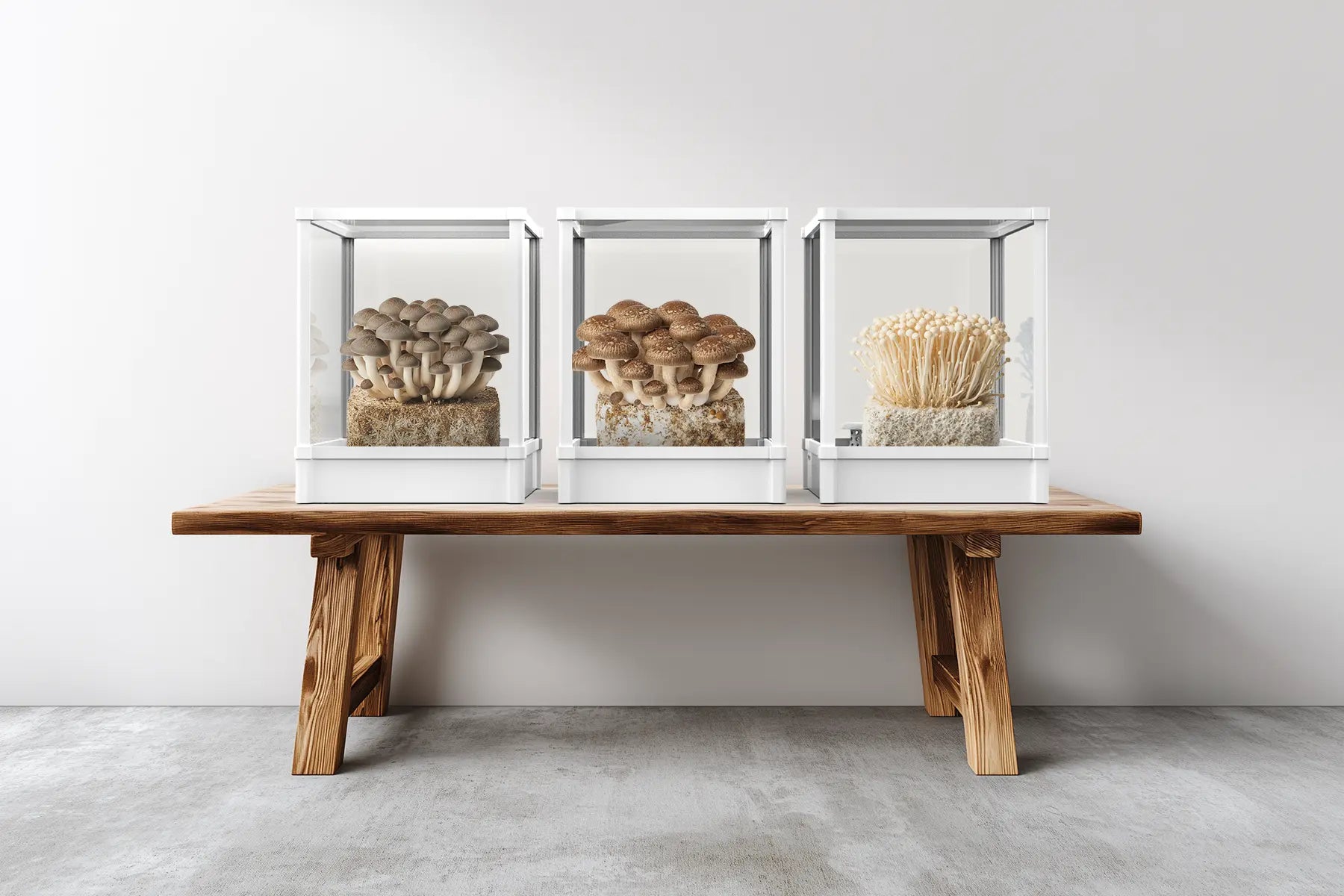

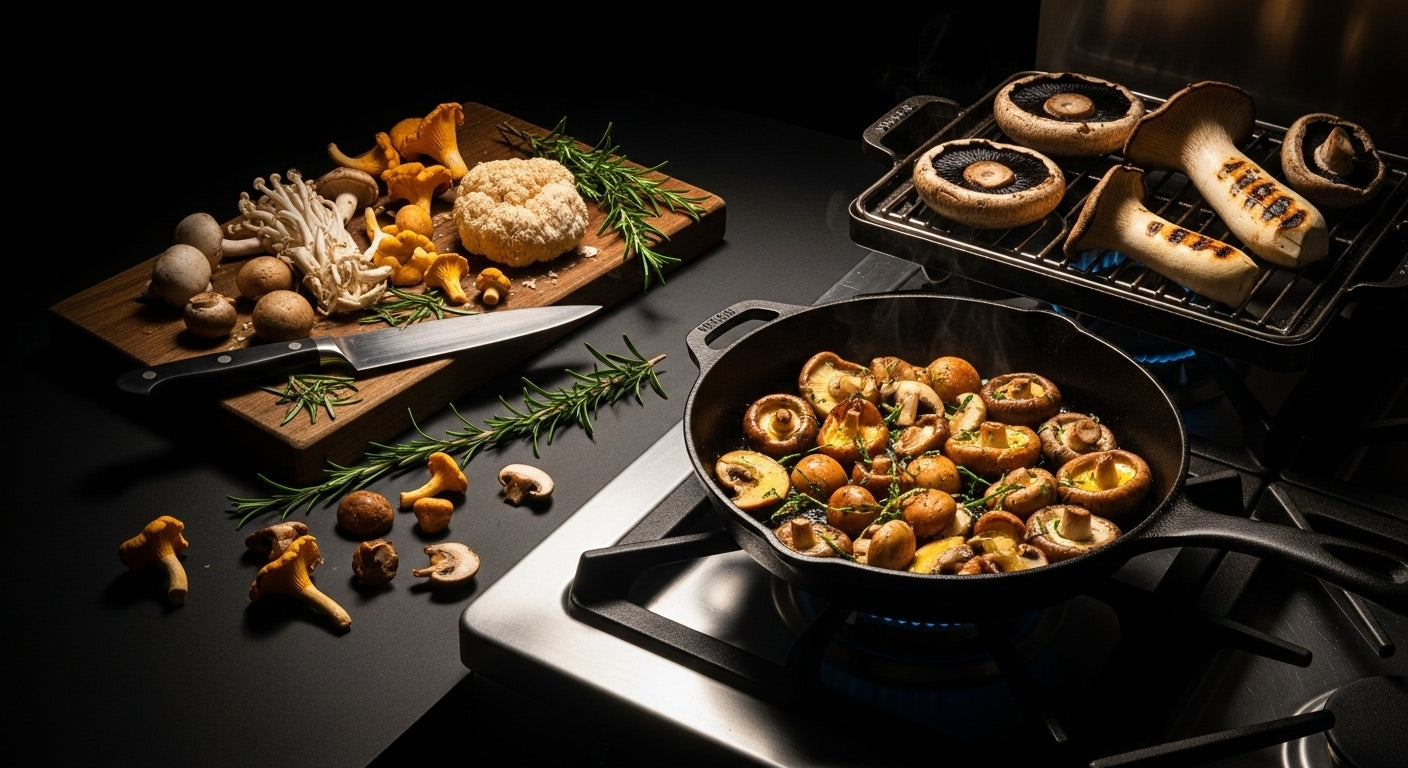

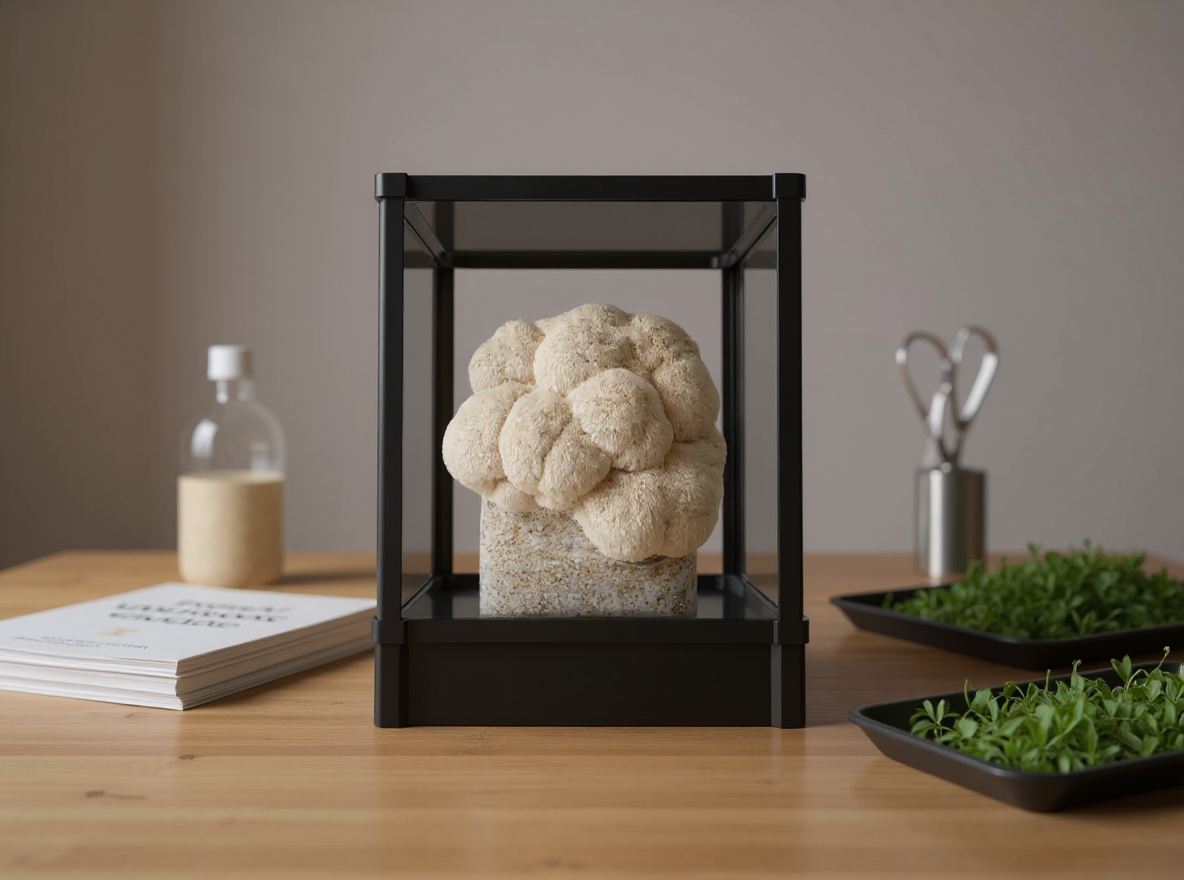
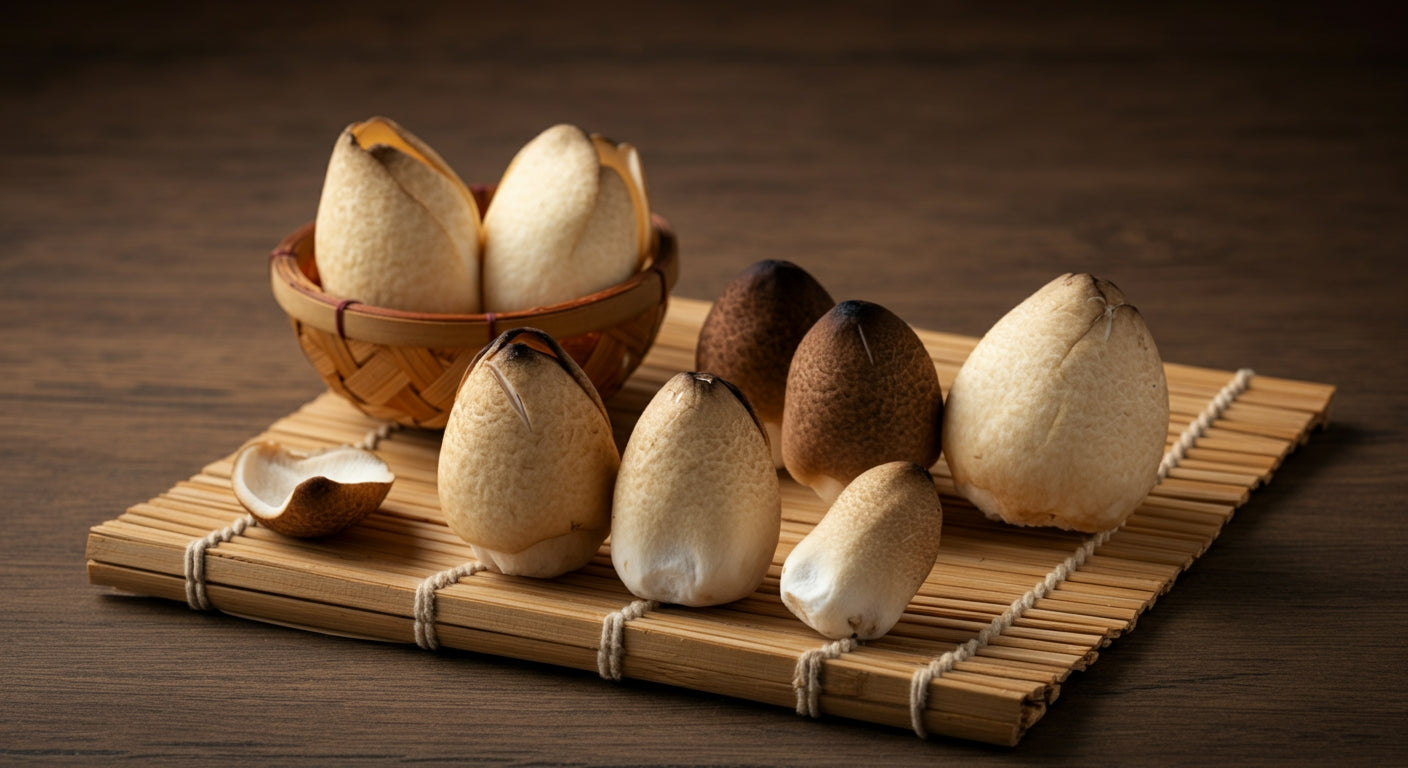
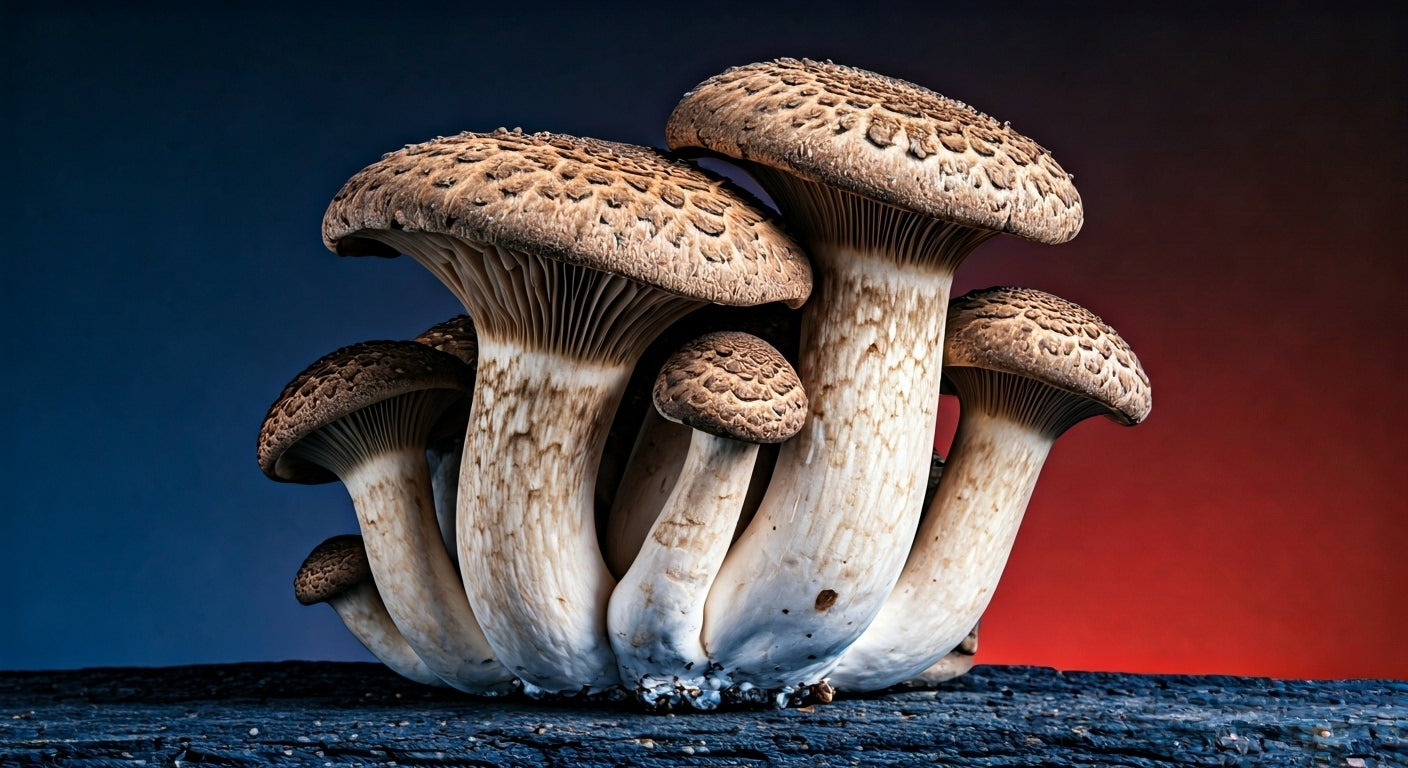


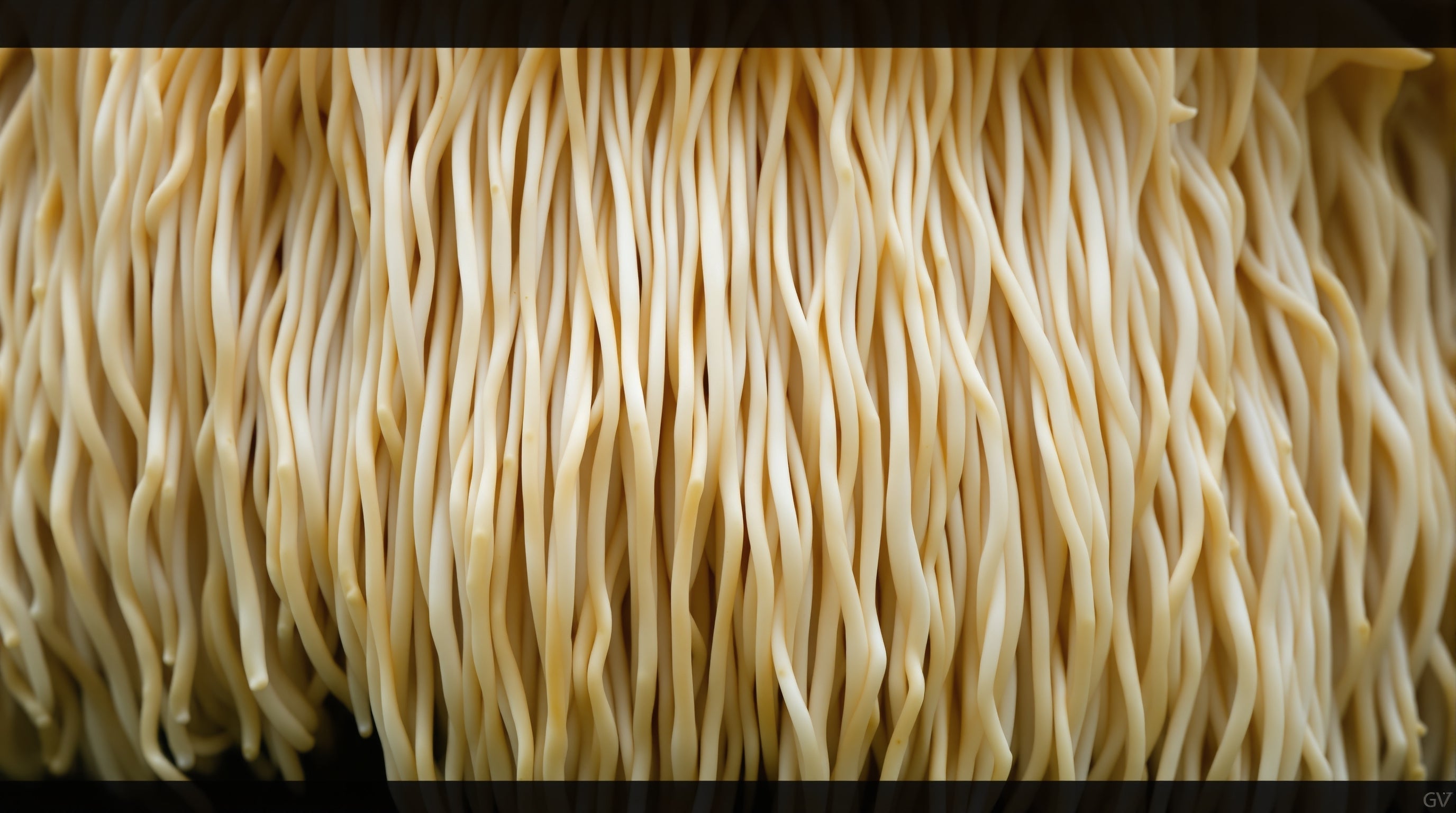

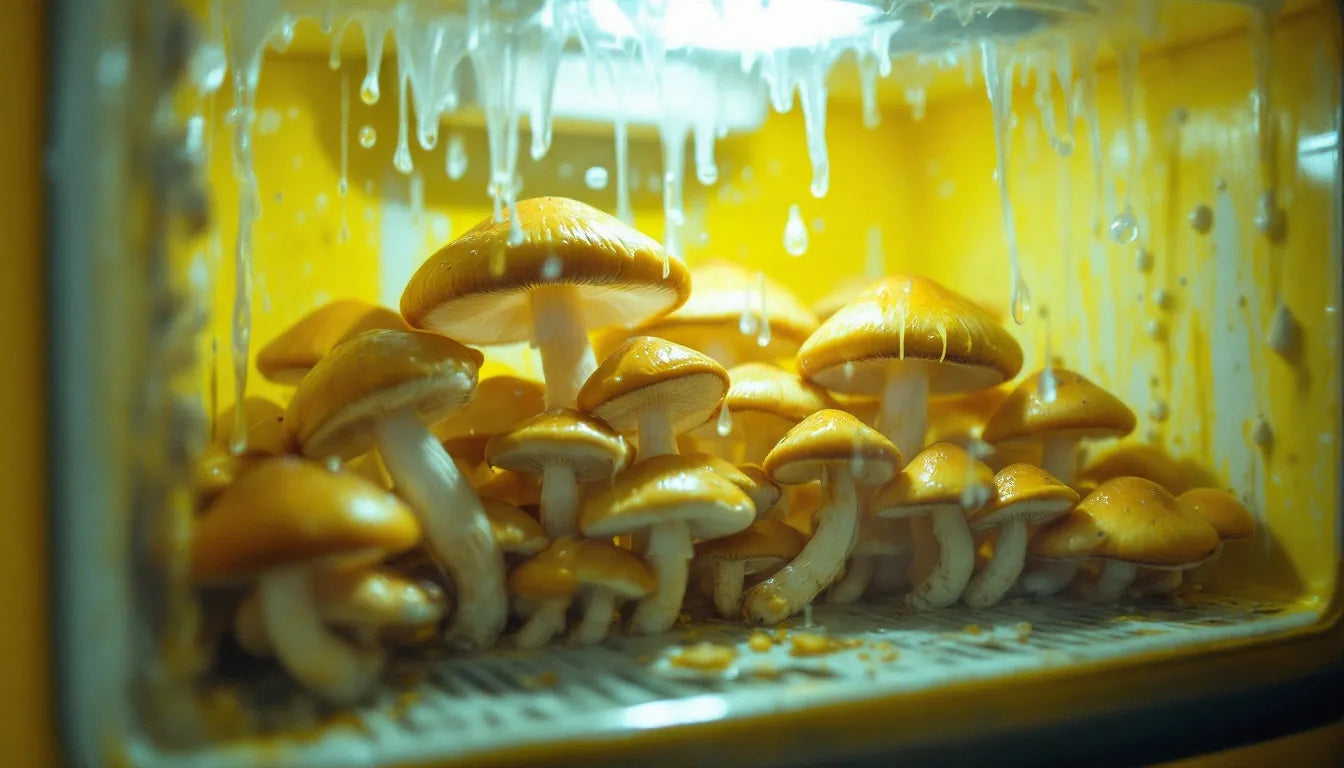
Share:
Fried Mushrooms - Crispy, Golden, and Delicious
Crab Stuffed Mushrooms - A Delicious Gourmet Appetizer